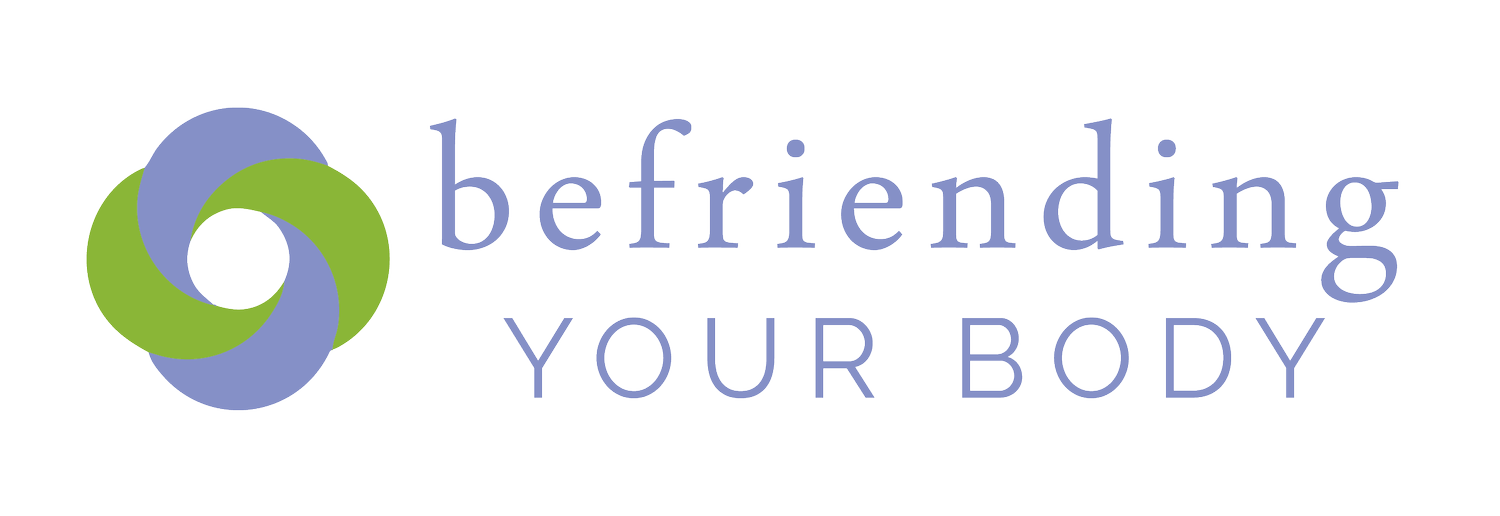Transforming Disease and Disorder
I recently attended the International Yoga Therapy (IAYT) conference and was reminded that one of the most important aspects of healing comes from our mindset about what it means to be healed. Healing takes place when we begin to look at disease and disorders through a new lens.
We are now beginning to understand that health and healing are just as much about balance, ease, and finding peace in one’s body, as it is in one’s mind. Knowing this, two difficult questions arise from this understanding:
Can we feel peace in the mind if we are not at peace in our body? This is a hard one as most of us have experienced how limitations, discomfort, and vulnerability in the body directly relate to changes in our mood and over-all emotional and mental well-being.
Can we ever transcend or rise above suffering in the body and mind to possibly find a different state of ease and peace despite disorder and/or disease? Meaning, does ease in the body and mind always mean the absence of disease and disorder?
These are the questions I ask in my book and as I sit with clients, especially those in eating disorder recovery or chronic pain/illness. These questions open the door to how we view disorders and diseases. Our Western view holds the belief that to feel well one must rid oneself of disease, or get well first. The Eastern view looks at a disorder as a dis-order and disease as dis-ease. When framed in this way, something different is seen. What is seen is that when something is out of order or in unease, there are many things to look at, not just the one area or the one thing wrong. Rather, it means we can focus on healing other areas, especially the mind, while the rest of the body heals and comes back into balance. It also means we can find states of ease in the body, even if temporarily, that can build great relief over time. It is the little moments of ease, when we can temporarily transcend our current state of suffering, that teach the mind a whole new way to be. I tell my clients recovery also happens in between ridding yourself of behavior. It also happens during the suffering if we allow it to.
When we are in dis-ease the mind becomes programmed to believe that there is nothing in the body that feels okay. This locked view in the mind creates even more suffering. Your body can be a great resource for discovering moments of ease, even if just temporarily. Let’s try an embodied practice to feel this shift. The following is a simple restorative yoga pose that I offer in my book to help you bring balance to the body first and then the mind.
Chair Pose
You will need a mat, chair, a firm blanket and a soft pillow.
Roll out your mat and fold a blanket so it is about 2 inches thick. Lie down and place this underneath your low back so that it covers your whole low back. Your pelvis and low back should be gently tipped down from the blanket underneath you. Place your legs over the chair so that your legs are in an “L shape” with the chair right under your knees. Place the pillow underneath your head and neck for support. Close your eyes and lie here for 15 minutes. Sense the ease that begins to come over areas of your body and perhaps even your mind.
All it takes is beginning to feel something different from what you have felt all along to help create a new story and a new version of “Self” separate from suffering. This is the start of moving from dis-ease to ease and dis-order back to order.

